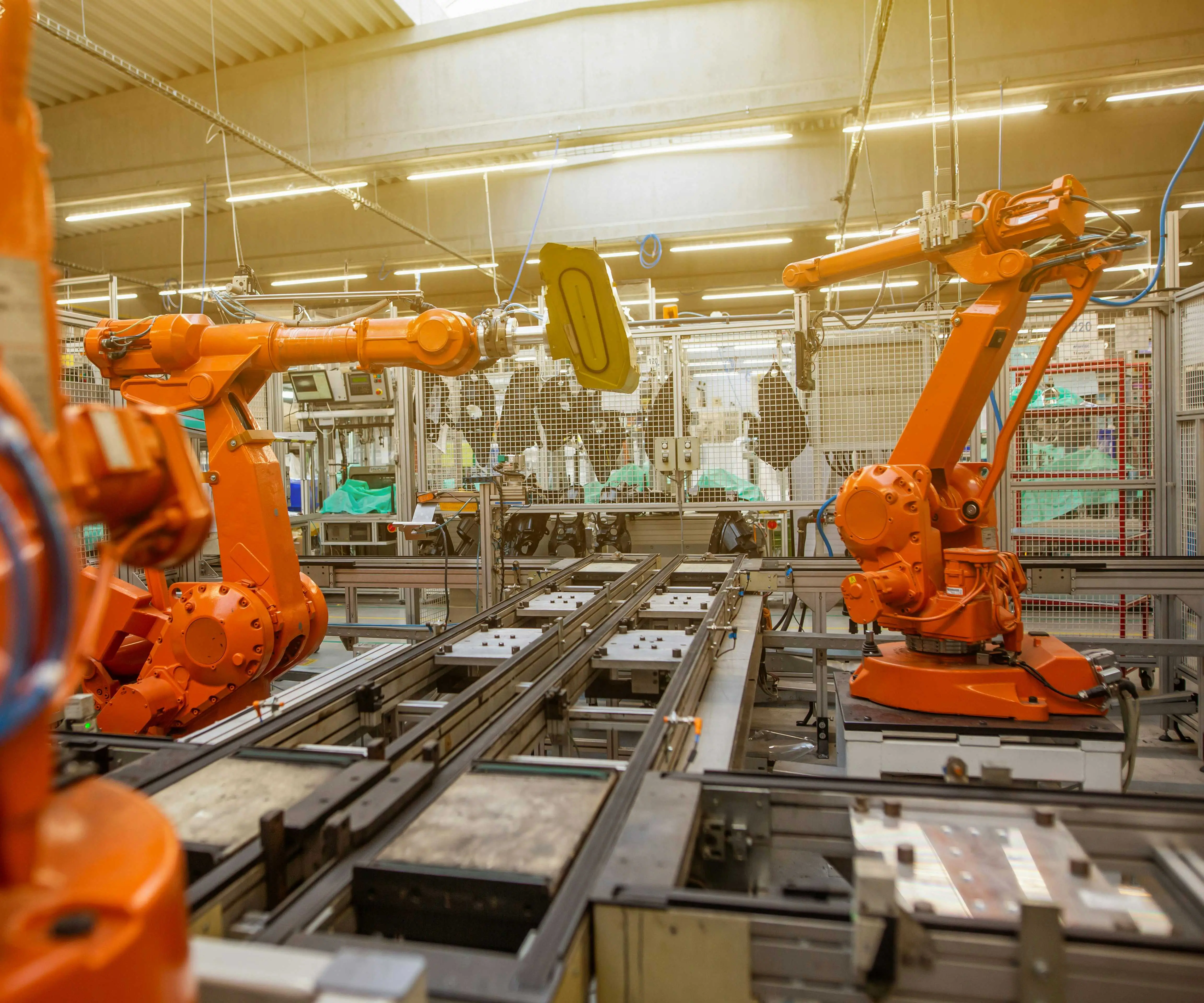When it comes to choosing the right architecture for your product, you might be torn between the classic monolithic approach and the more modern microservice model. Both have their advantages, but deciding which is best for your business depends on a number of factors. Let’s break it down.

What’s the difference?
Monolithic architecture is like building a solid, single block. All the components—whether it’s the database, user interface, or back-end logic—are tightly integrated into one system. This means that everything runs together as a whole. It’s simpler to manage at first, but as your product grows, you’ll start running into limitations. As you add more features or scale, things can get messy. Even a small change in one part of the system can impact the whole thing.
On the other hand, microservices break down the system into smaller, independent pieces, each handling a specific task. Think of it like running different parts of a business, where each department is in charge of its own work. When one part needs to change, it doesn’t affect everything else. It’s easier to scale, maintain, and update without disrupting the entire operation.
So, which one should you choose?
It really depends on the scale and goals of your project. If you’re building something small and don’t anticipate rapid growth, a monolithic approach can work well. It’s simpler to set up and doesn’t require complex management. But as soon as your product begins to expand or your team grows, you may find that you hit roadblocks. Updates become cumbersome, and scaling requires significant effort.
With microservices, on the other hand, you get the flexibility to grow without the growing pains. Want to update one feature? No problem. You can make that change without worrying about breaking other parts of the system. Want to scale a specific service instead of the entire product? Microservices let you do that too. It’s ideal for businesses aiming for flexibility and scalability.
The transition—how tough is it?
Switching from a monolithic system to microservices can be a challenge, especially if you’re already up and running. It’s not an overnight process. However, the long-term benefits far outweigh the initial effort. With microservices, you'll improve your development speed and can better manage the product as it grows. It’s like upgrading from a small car to a fleet of vehicles that you can customize for different routes.
But let’s be clear, it’s not all sunshine and rainbows. Microservices introduce their own complexities. For one, managing all the separate services can get tricky. You’ll need to ensure they communicate properly and handle failures without causing downtime. It’s a learning curve, but it’s definitely worth it for the flexibility it provides.
So, how do you decide?
Here’s the bottom line: If you're planning to keep things small and simple, go for the monolithic approach. It’s fast and easy to build. But if you’re aiming for scalability, flexibility, and growth, the microservice model will serve you better in the long run. It’ll require more upfront planning and possibly a team with more experience, but the benefits are hard to ignore.
In the end, it’s about choosing the right tool for your vision. Whether it’s a monolithic block or a series of microservices, the choice should align with where you want to go and how fast you want to get there. Whatever you choose, just make sure it fits your goals—and enjoy the journey!
Established in 2005, Kpower has been dedicated to a professional compact motion unit manufacturer, headquartered in Dongguan, Guangdong Province, China. Leveraging innovations in modular drive technology, Kpower integrates high-performance motors, precision reducers, and multi-protocol control systems to provide efficient and customized smart drive system solutions. Kpower has delivered professional drive system solutions to over 500 enterprise clients globally with products covering various fields such as Smart Home Systems, Automatic Electronics, Robotics, Precision Agriculture, Drones, and Industrial Automation.




































